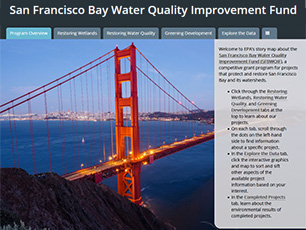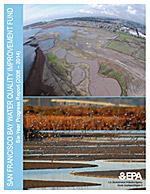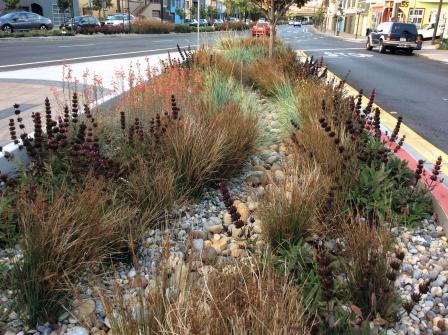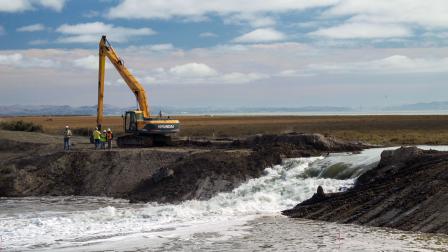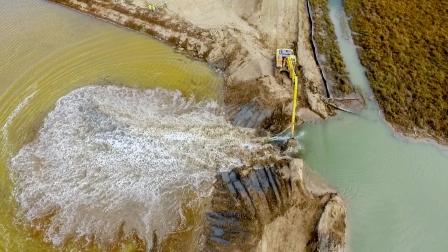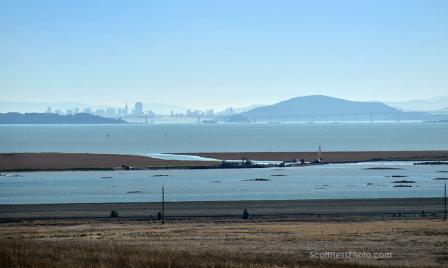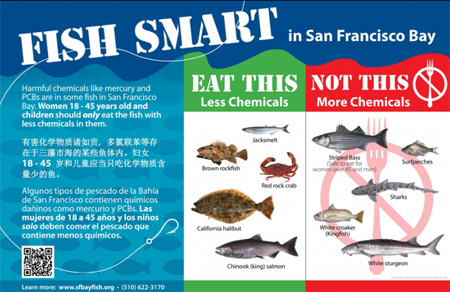San Francisco Bay Water Quality Improvement Fund
- SFBWQIF
Home -
Projects - Interactive
Project Map - Progress
Reports -
RFA
EPA manages a competitive grant program to support projects to protect and restore San Francisco Bay. This grant program, known as the San Francisco Bay Water Quality Improvement Fund (SFBWQIF) began in 2008. The SFBWQIF has invested over $63.5 million in 54 grant awards. These projects include over 80 partners who are contributing an additional $174 million to restore wetlands and watersheds, and reduce polluted runoff.
- Progress Report (2008 – 2014)
- Learn About the Projects
- Past Requests/Progress Reports
- Related Resources
- Contact Information
San Francisco Bay Water Quality Improvement Fund Progress Report (2008 – 2014)
Since 2008, EPA has partnered with organizations across the nine Bay Area counties through the SFBWQIF, restoring streams, wetlands, and water quality from the Napa River in the North Bay to the salt ponds in the South Bay.
EPA is sharing this progress report as part of our continued effort to provide smart investments in protecting and restoring SF Bay and its watersheds. In this report, you'll find a summary of the grants, recipients, and results of our regional partnerships. We hope you find this assessment useful.
Read the Report »
Learn About the Projects
Project Photos
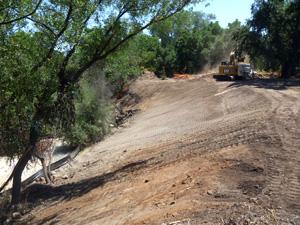
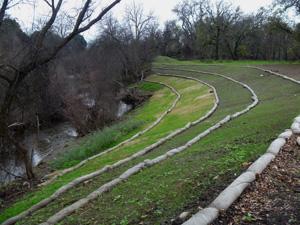
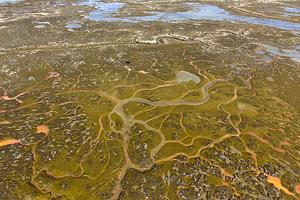
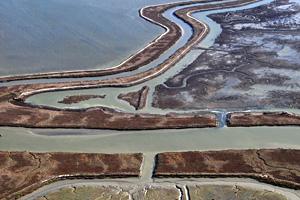
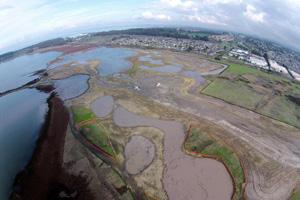
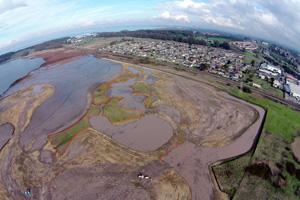
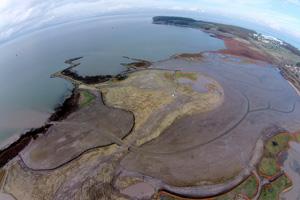
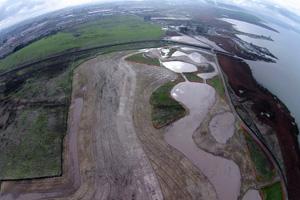
Past RFPs and Progress Reports
Related Resources
- Baylands Ecosystem Habitat Goals Project
- San Francisco Estuary Partnership
- The Bay Institute
- San Francisco Estuary Institute
- EPA's Green Infrastructure Website
- San Francisco Bay Fish Advisory Video
Contact Information
Luisa Valiela (valiela.luisa@epa.gov)
Program Lead
(415) 972-3400
Erica Yelensky (yelensky.erica@epa.gov)
Outreach Coordinator
(415) 972-3021
Mailing Address
US EPA Region 9 (WTR-2-2)
75 Hawthorne
San Francisco, CA 94105

